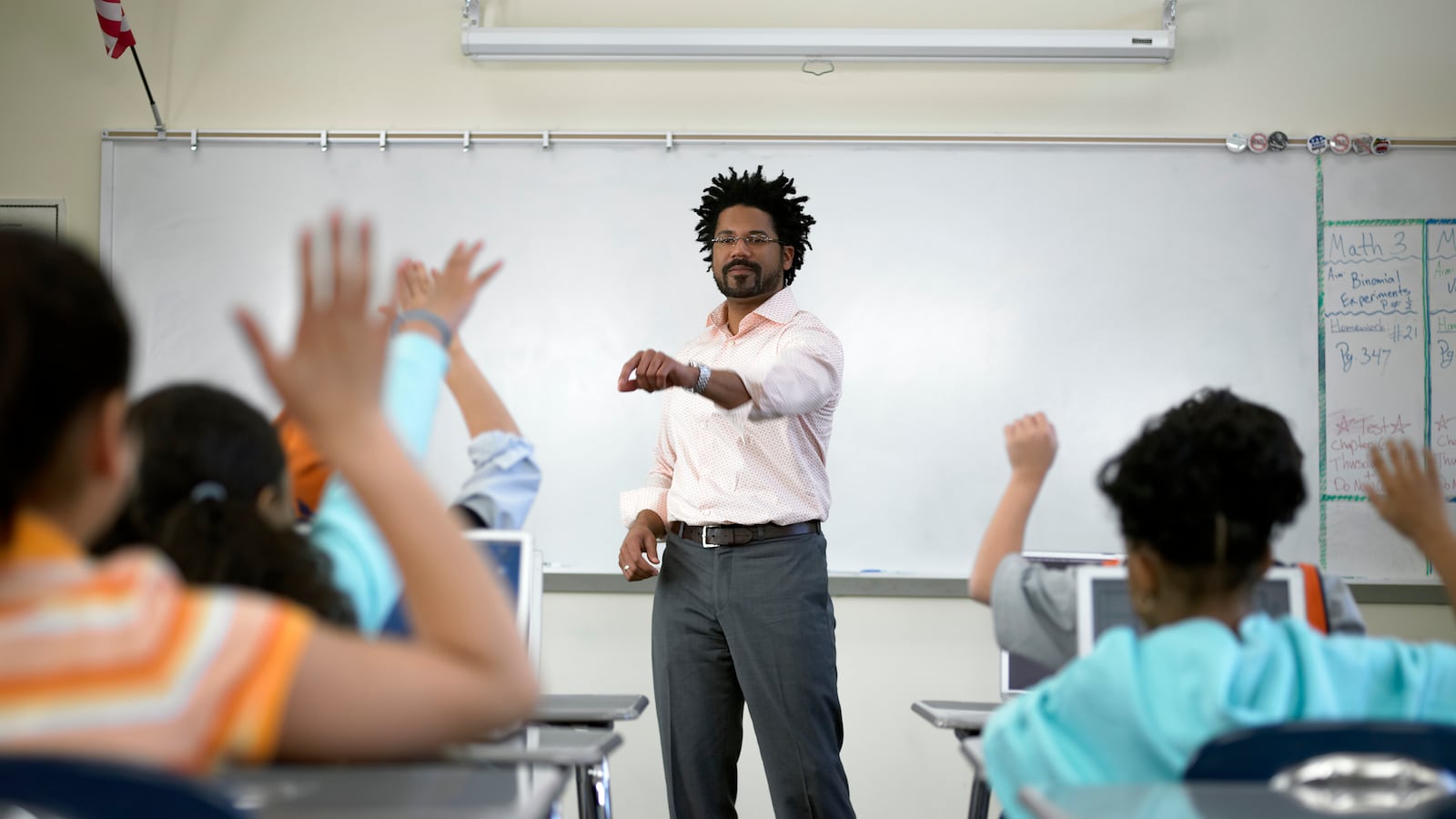Nearly 150 Indianapolis Public Schools educators don’t know where they will teach next year, more than six months after the district announced that many high school teachers would be required to reinterview for their positions.
The administration displaced 418 certified staff for 2018-19 as part of the closings of three of its seven high schools. Many of those educators have found positions, but 147 current high school staffers have not, according to the administration.
If the teachers are not hired for a new position, they remain on the displaced list. If they do not find positions by July 15, they will be placed in vacancies that match their license area, according to Mindy Schlegel, who heads human resources for the district. There are currently 163 open positions in secondary schools, and educators could move to middle or elementary schools depending on their licenses.
“We think that given the fact that 400 teachers were initially displaced as a part of the transition, this process has gone smoothly,” Schlegel wrote in an email.
The decision to displace teachers at high schools across the district — including campuses that will stay open — was designed to help educators find schools that are “the right fit.” But the move created additional uncertainty at a time when high schools were already in upheaval, and some teachers are dejected that they were required to apply and reinterview for positions they have held for years.
Now, there is additional uncertainty around the process because the district is in the midst of a severe budget crunch. After postponing a referendum that would have appealed to voters for tens of millions of dollars in extra funding each year, the district is facing a large shortfall next year. The district could impose hiring freezes or other cuts to spending on staff in order to help close that gap.
The administration has not yet decided whether to lay off any teachers through a reduction in force, Schlegel wrote, and her office is focused on placing high school teachers.
“The administration has had discussions with staff internally around what’s the best way to approach reducing expenditures, but also protecting the classroom and maintaining as many staff members as possible,” she wrote.
Not all high school teachers were displaced. Some educators remained in the same positions even if they transferred to new schools, including those with training to teach International Baccalaureate courses, arts specialists, life skills teachers, and career and technical teachers.
The move to require teachers to reinterview for positions was part of a broad push to reconfigure the district’s high schools in a bid to save money, improve the schools’ quality, and attract students. The district is closing three high schools and overhauling the academic approach at the four remaining campuses to create academies with focuses such as engineering, construction, and teaching. High school students also were required to select new schools based on their interests.
Media specialist Gregg Nowling considers himself lucky. After nearly five years at Arsenal Technical High School, he was required to reinterview for his position at the school, and he was not rehired. Within weeks, however, he had found a position at Harshman Middle School. Many of his friends have not yet found positions.
“There’s a lot of guilt there,” he said. “It’s horrible. You have teachers applying for jobs that they’ve had for years — that they’ve been really good at for years.”
Rhondalyn Cornett, president of the Indianapolis Education Association, said that many teachers are distrustful of the process. Veteran educators are frustrated watching younger teachers get placed before they do, she said, and some believe they have not gotten placed precisely because they are more experienced. (Although veteran teachers are higher paid, school principals pay the same amount regardless of experience level and the district absorbs the difference in pay.)
“It is demoralizing,” Cornett said.

